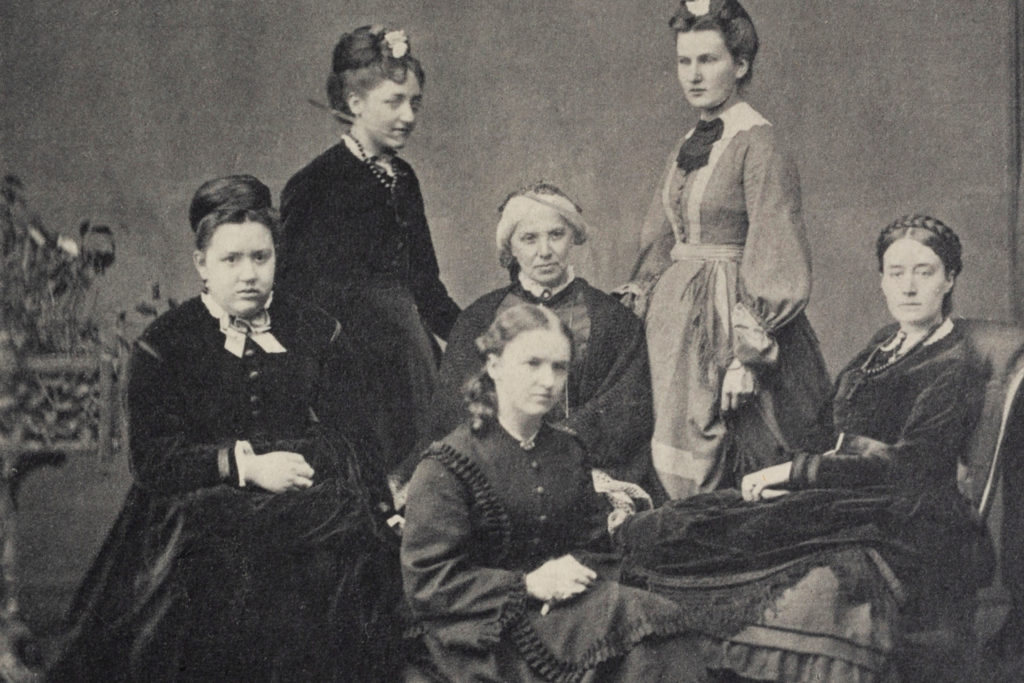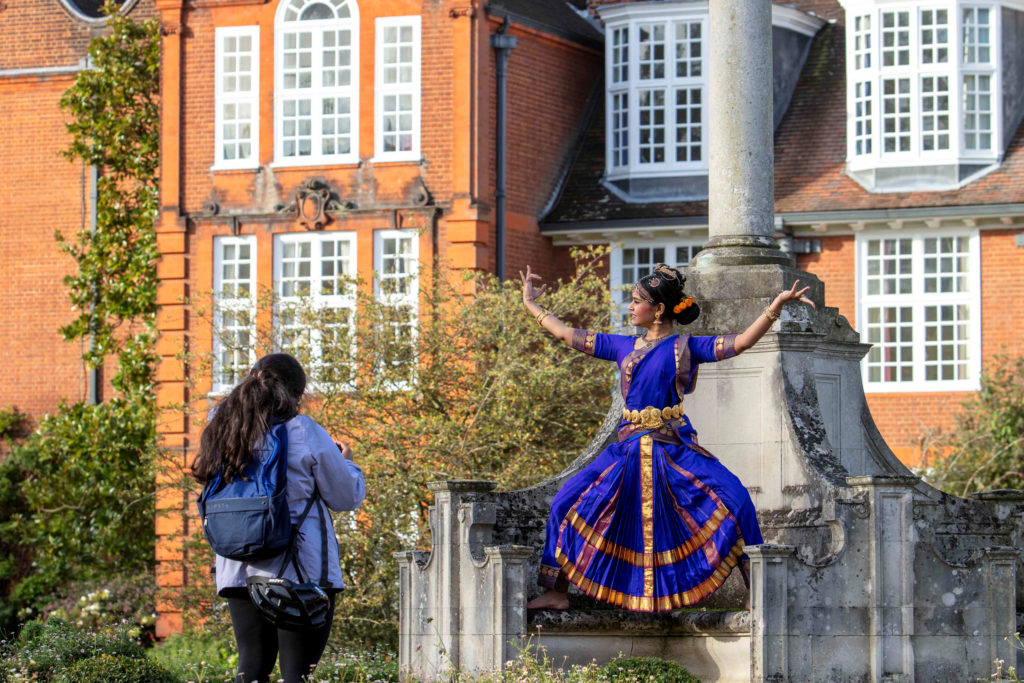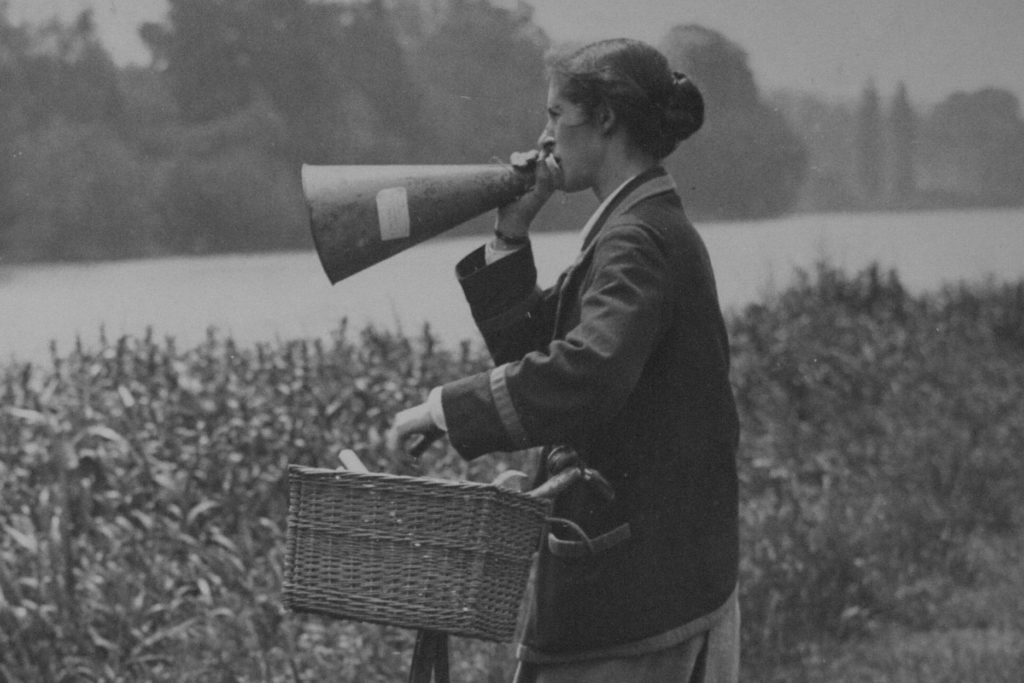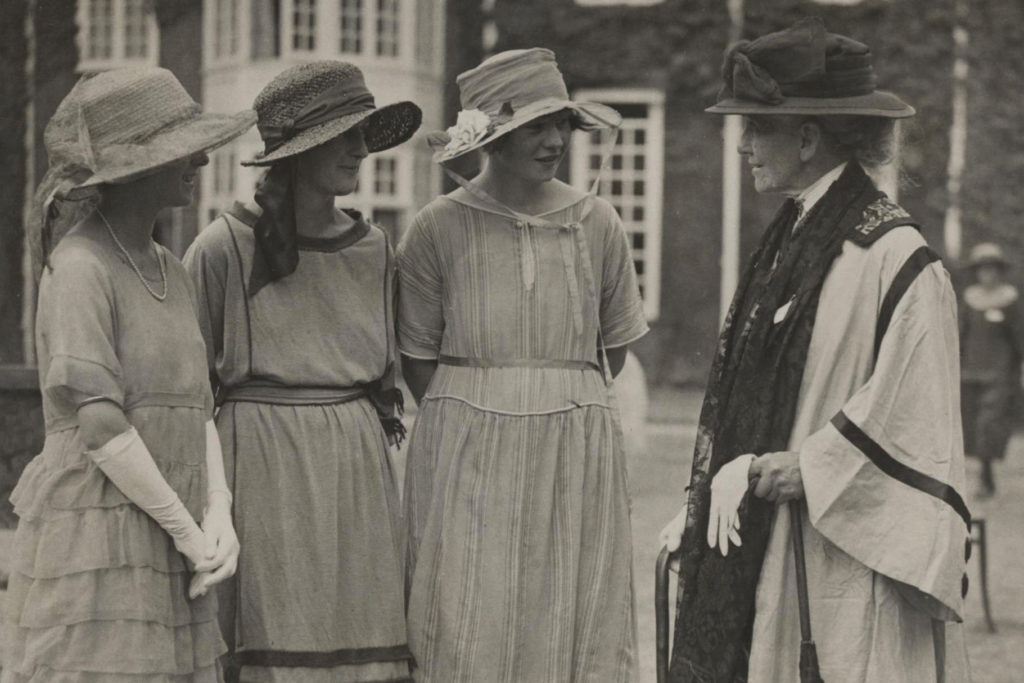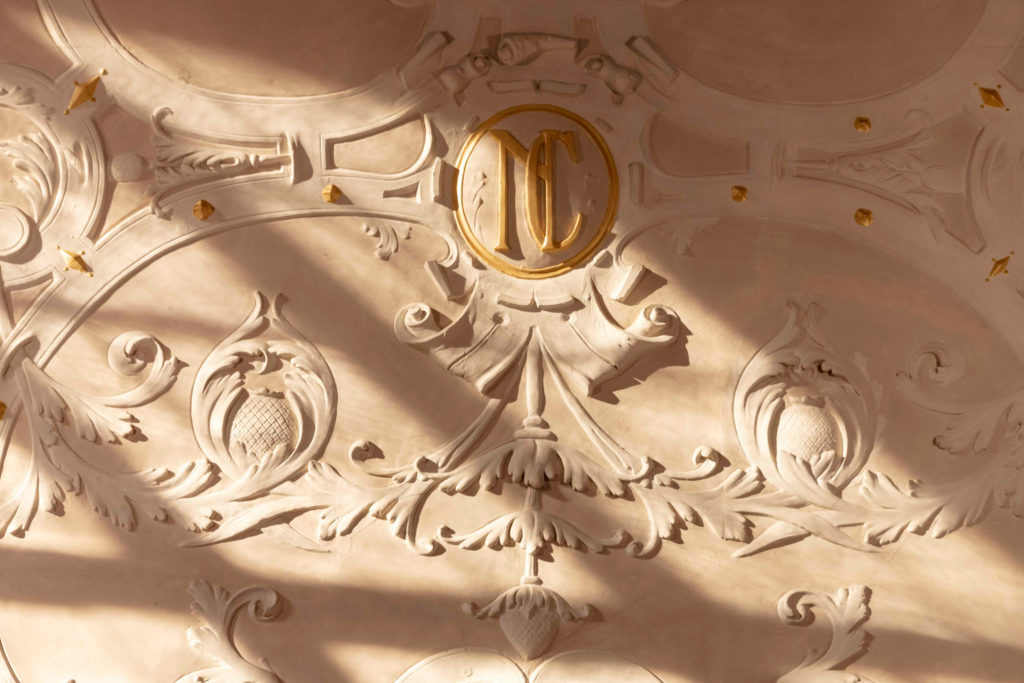Tano Jōdai 上代たの (NC 1925)
(1886 – 1982)
Jōdai’s remarkable journey began with a small step – taking an undergraduate degree in English Literature at Japan Women’s University. She had hoped to continue her studies at Tokyo Imperial University – but, at the time, they did not accept women. Instead, she travelled to Wells College, the second oldest women’s college in the US, from where she graduated with an MA in June 1917. She loved both the rural setting and the emphasis on democratic government within the College. Perhaps they seemed all the more important as the First World War raged outside the campus.
Returning to Japan in 1917, she became a lecturer at Japan Women’s University, where she was the first person to teach courses on American literature in Japan.
Alongside her teaching, she began her peace activism. She was among the founders of the Japanese Women’s Peace Association, which then became the Japanese chapter of the Women’s International League for Peace and Freedom.
Jōdai came to Newnham as a graduate student in 1925, furthering her study of English Literature. As a lifelong lover of architecture and gardens, we can imagine that Newnham was a delight. Her interest in the role of overseas study to improve international relations would continue throughout her life, though she did not think it was an easy solution:
“We are apt to think that personal good will is enough to establish international good will. … It is dangerous to rely too much on warm hearts alone when the task we are dealing with requires full understanding of the situation with its complicated political, economic and psychological phases.”
She resumed teaching at Japan Women’s University, continuing to introduce the great English language poets to Japanese students. But her academic work did not distract her from her peace activism. In 1955, she was one of the founding members of the Committee of Seven to Appeal for World Peace. She was the Japanese Government representative to UNESCO from 1952 to 61.
Her demanding career and activism were supported by her home and garden, and her many friends around the world. In letters, she described her ‘little garden’ filled with roses and chrysanthemums. Of her home, she wrote, “I had this little house built before the war, and it is a typical Japanese house with a great many ‘amado’ – something similar to shutters or storm doors. This may sound ridiculous to you, but it takes so much energy out of me to open and shut these outside wooden doors – some 30 or more of them – every morning and evening.”
From 1956 until March 1965, Jōdai served as the president of the Japan Women’s University, and many of her concerns seem very familiar:
‘There is still so much to be done here! But I am pleased that I have got two strong committees functioning … Better salaries and pensions are urgently needed. I have been putting emphasis for the present not on innovations but on making the very best possible use of what we have in noble traditions.” (1957)
In 1982, she received the Blue Ribbon medal from the Japanese Government for her work for women’s education. She had already been awarded an honorary doctorate from Smith College in the US in 1962.
Throughout her life, her academic studies and her activism united in her determination to create a more unified world. To end with her own words, “we Japanese women have become aware almost suddenly, so-to-speak, of our great, practical responsibility, together with men, for pulling our nation through the present conditions to the future attainment of truly democratic maturity. Thus we hope that we shall be able to contribute our share in building the world, relieved of the threat of atomic war, and united for true justice and peace for all mankind.”
With thanks to Satoko Shimazaki of Showa Women’s University

